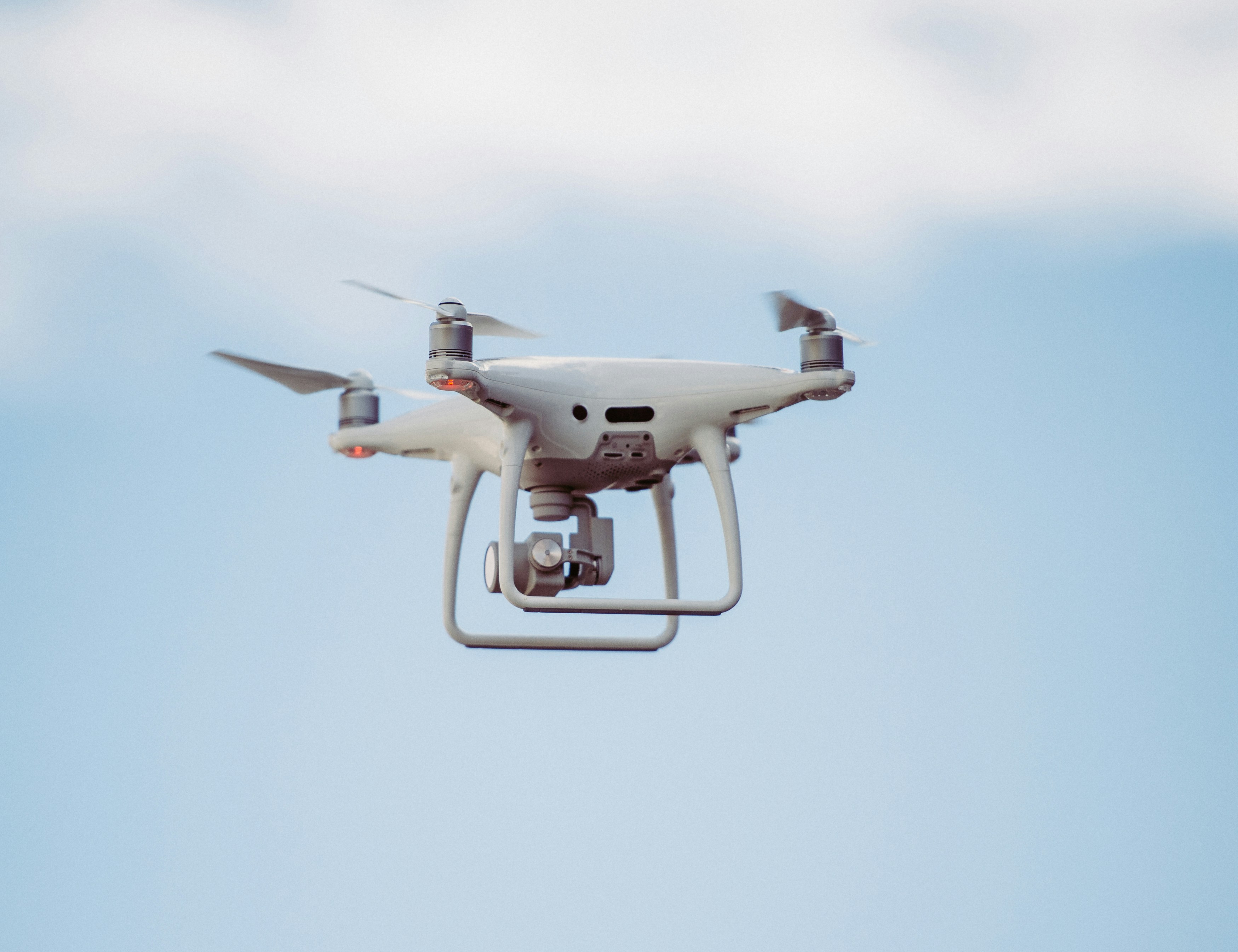Introduction
Drones are rapidly emerging as essential tools in the agricultural sector, transforming traditional farming practices into operations of extraordinary precision. These flying devices, equipped with advanced sensors and imaging technology, have the capability to monitor vast expanses of farmland in a matter of minutes. By collecting visual and thermal data, drones provide farmers with detailed insights into plant health, irrigation levels, and potential pest infestations. This wealth of information allows for timely and targeted interventions, reducing crop losses and optimizing agricultural productivity.
Advantages of agricultural drones
One of the most significant advantages of agricultural drones, or agri-drones, is their ability to revolutionize irrigation practices. With the help of thermal imaging, drones can identify areas of a field that are under-watered or over-watered. This enables farmers to make precise adjustments to their irrigation systems, ensuring that water is distributed efficiently and wastage is minimized. In regions where water scarcity is a critical issue, this capability is particularly transformative, as it allows for better resource management while maintaining healthy crop yields.
In addition to irrigation, drones are proving invaluable in the application of fertilizers and pesticides. Traditional methods of spraying often result in uneven coverage or excessive use of chemicals, which can harm both the environment and the crops themselves. Drones equipped with advanced mapping technology can analyze the specific needs of each section of a field, enabling precision spraying. This targeted approach not only reduces the amount of chemicals used but also minimizes their impact on surrounding ecosystems. As a result, drone technology is playing a key role in promoting sustainable farming practices.

Agri-drones are also instrumental in predicting crop yields, a crucial aspect of modern farming. By analyzing the data they collect, drones can provide farmers with accurate forecasts of how much they can expect to harvest. This information helps in planning storage, distribution, and market strategies, reducing the risk of overproduction or underproduction. With such predictive capabilities, farmers can make more informed decisions, enhance their profitability, and contribute to a more stable food supply chain.
High-tech farming tools
The rise of agri-drones represents a perfect blend of accessibility and efficiency. Unlike many other high-tech farming tools, drones are relatively affordable and easy to operate, making them accessible to small and large-scale farmers alike. As drone technology continues to advance, the potential applications in agriculture are expanding rapidly. From monitoring soil conditions to assessing the impact of weather events, drones are becoming an indispensable part of the agricultural toolkit.

However, the widespread adoption of drones in farming does come with its challenges. Regulatory hurdles, high initial investment costs, and the need for technical training are some of the barriers that farmers face. To overcome these obstacles, collaboration between governments, technology providers, and agricultural organizations is essential. Providing subsidies, offering training programs, and developing clear guidelines for drone use can help farmers embrace this revolutionary technology.
Conclusion
In conclusion, the rise of agri-drones is reshaping the landscape of modern agriculture. By enabling high-precision monitoring, improving resource efficiency, and supporting sustainable farming practices, drones are making farms smarter, more productive, and environmentally friendly. As these flying marvels continue to evolve, they hold the potential to address some of the most pressing challenges in agriculture, from climate change to food security. The future of farming is in the sky, and with the help of agri-drones, it is poised to reach new heights.
Bruna Fraga
Copywriter from Flora






